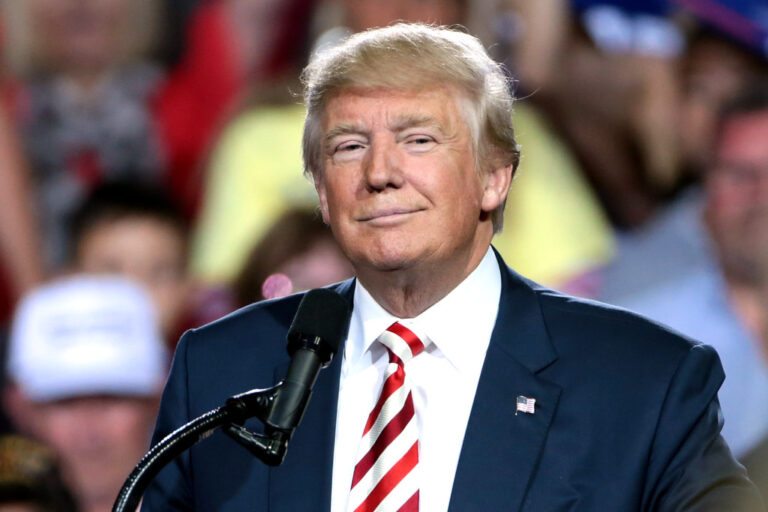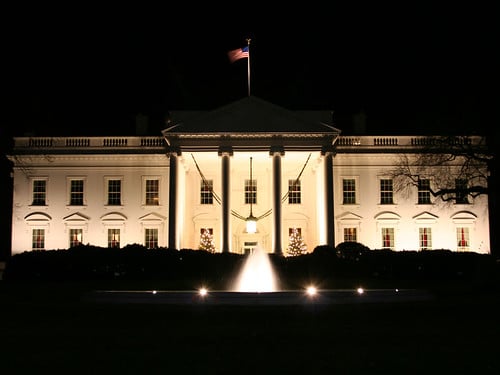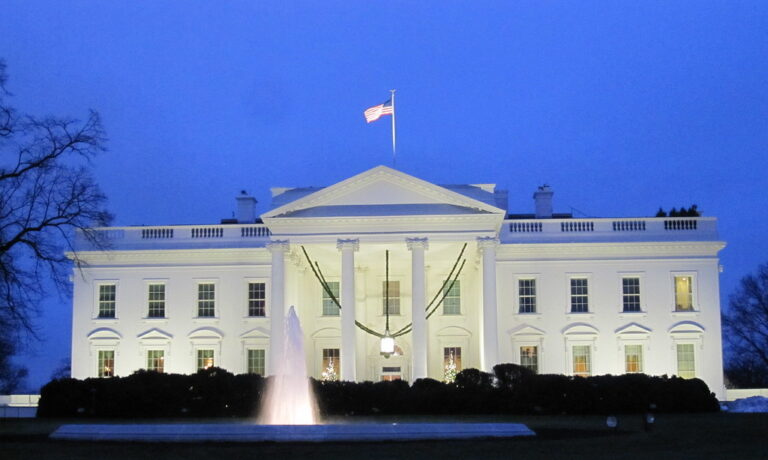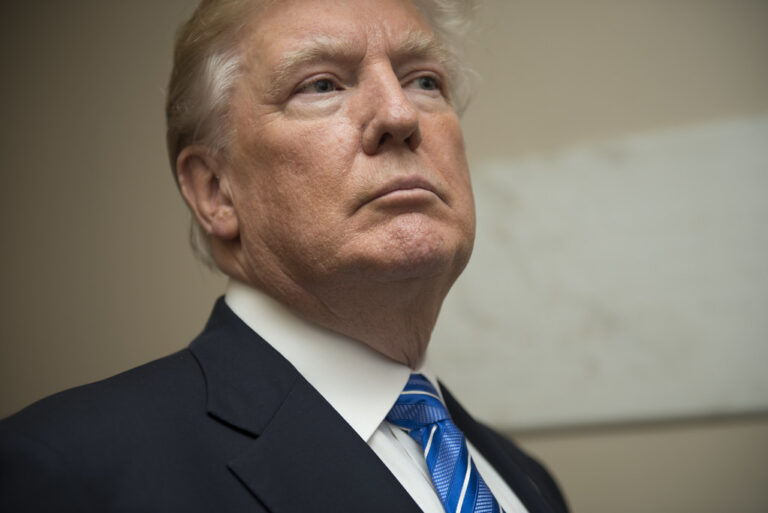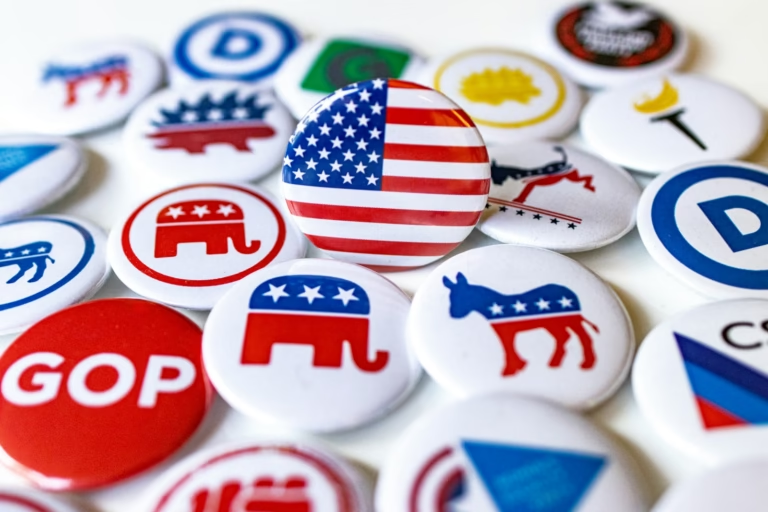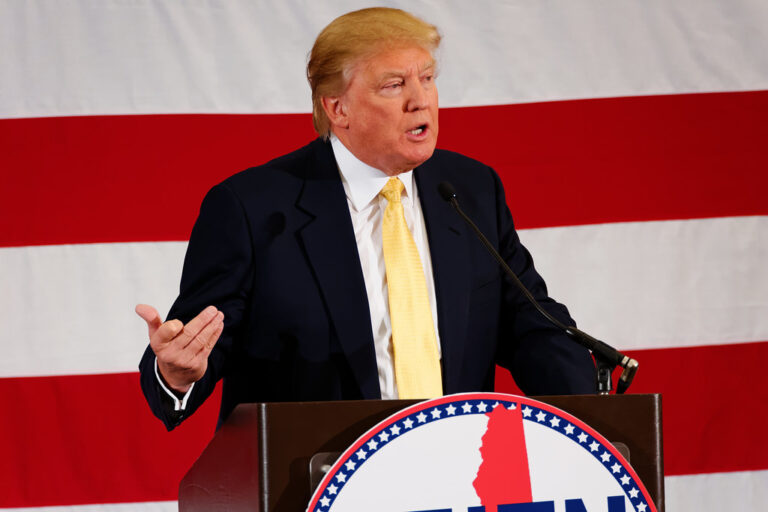Key Takeaways
- Former FBI counsel calls Trump the “extortionist in chief.”
- Trump seeks $230 million from the Justice Department.
- Experts urge independent hearings on Russia, Mar-a-Lago, and election probes.
- Taxpayers could bear the cost if the demand moves forward.
Andrew Weissmann, former FBI general counsel, slammed President Donald Trump after reports said Trump wanted $230 million from the Justice Department. Weissmann blasted the move as outright extortion. He told MSNBC that Trump now acts like the “extortionist in chief.”
Furthermore, Weissmann compared demands for money to robbing Fort Knox. He pointed out that Trump has already pressured media outlets, law firms, and now seeks public dollars to settle investigations. His comments follow a New York Times report on the proposed payment for probes into the 2016 Russia matter, classified documents at Mar-a-Lago, and efforts to overturn the 2020 election.
In simple terms, Weissmann said no sitting president should be able to demand cash to end legal scrutiny. Instead, the proper step would be to assign an independent counsel. However, in this case, the people in charge of deciding on the $230 million are Trump’s own former lawyers. That conflict, Weissmann added, should have forced them to step aside.
Trump Extortion Request and Justice Department Conflict
The Justice Department normally avoids conflicts of interest. Yet, those overseeing Trump’s claim are his ex-personal attorneys from the same matters. Obviously, they cannot be neutral. Consequently, Weissmann insisted an independent official should review the request.
Moreover, in a fair process, the DOJ would hold a public hearing. This would let witnesses speak under oath. It would also let Trump defend himself in open court. As Weissmann put it, that is the last thing Trump wants. He often claimed he would testify on Russia and Mar-a-Lago, but he never did.
Also, Trump has shown he will use his pardoning power without restraint. He recently pardoned a controversial former congressman. Weissmann noted this history and warned that no one inside the White House would dare block him. Therefore, only an outside review could keep things honest.
Calls for an independent hearing
Many legal experts agree with Weissmann that a hearing is vital. First, it would examine the facts around each probe. Second, it would protect taxpayer money. Finally, it would ensure no president can weaponize public funds for personal gain.
Critics also argue that a hearing would force a public reckoning. In particular, the Russia investigation and classified documents case would come under scrutiny. People would learn details that Trump has tried to hide. As a result, the hearing could sway public opinion and add political pressure.
However, Trump and his allies are likely to resist. They have fought every call for oversight so far. For instance, Trump repeatedly postponed requests to testify before Congress. He even refused to attend key hearings. Thus, scheduling a new hearing faces strong pushback.
Political cost and public reaction
The idea of paying Trump $230 million unsettles many voters. After all, this would be taxpayer money used to settle criminal or civil probes. Moreover, it rewards a president accused of breaking the law.
Consequently, political opponents have seized on Weissmann’s words. They argue that every citizen should pay attention. If Trump gets away with this demand, future presidents may demand payouts too. In that scenario, public trust in government would erode further.
Meanwhile, Trump’s supporters claim this is another ploy by the “deep state.” They dismiss Weissmann as biased because he worked on the special counsel team. Yet, even some Republican lawmakers express concern. They worry about the precedent it sets and the cost to taxpayers.
What comes next for the Trump extortion claim
First, we will watch how the Justice Department responds. Will it appoint an independent counsel or leave the decision to Trump’s former lawyers? Either path carries huge implications.
Second, legal challenges could emerge if the DOJ approves the payment. Opponents might sue, arguing the settlement breaks federal law. Courts would then debate whether a president can use public funds this way.
Finally, public hearings remain an option. Media coverage and congressional pressure could force transparency. If a hearing happens, Trump may face tough questions under oath. That alone could sway voters before the next election.
In the end, the controversy over a $230 million payout highlights deeper issues. It raises questions about executive power, conflict of interest, and the rule of law. Above all, it shows how one leader can push boundaries in unprecedented ways.
Frequently Asked Questions
What does “extortionist in chief” mean?
It’s a term Weissmann used to say Trump is demanding money to stop legal actions. Essentially, it compares the president to someone who uses threats to get cash.
Why $230 million?
That figure comes from reports of how much Trump wants to settle three major investigations. It covers the Russia inquiry, the classified documents case, and the election interference probe.
Could the Justice Department refuse the request?
Yes. The DOJ could assign an independent counsel or simply deny the payment. Doing so would avoid the conflict among Trump’s former lawyers.
What might happen if the DOJ approves the payment?
If approved, opponents could file lawsuits. Congress could hold hearings. And public trust in government could decline if a president uses taxpayer money this way.



